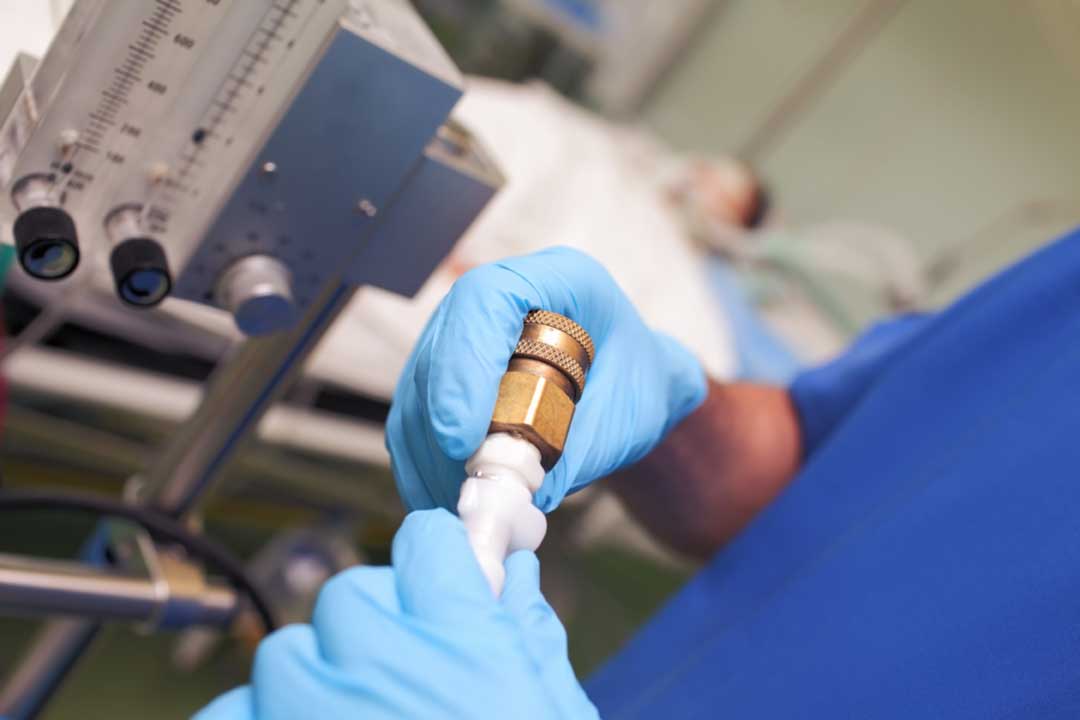With the coming school year, there are new changes everywhere. The leaves are changing, routines are being switched around, and traffic is building. The main reason for this is the new student drivers that will soon be hitting the road. The starting school year means that many teens are going to begin driver’s ed and getting their licenses. These new drivers are going to be driving to and from school, as well as after school activities and events.
According to KSL, “Teen drivers make up only 8% of Utah’s licensed drivers, but they’re involved in about 20% of all crashes statewide.” The main causes for these accidents are “speeding, following too closely, failing to yield and […] cellphone distractions.”
With the implementation of Utah’s Graduated Driver Licensing laws, young student drivers are a lot more protected on the roads. The GDL program requirements help young drivers stay safer on the roads and learn better driving habits. The requirements include starting with a Learner’s Permit. Starting at 15 years old, students must have a licensed adult in the passenger seat with them. The student must do 50 hours of supervised driving practice, and 10 of those hours must be at night. After completing a driver’s test and receiving their license, these kids cannot drive between midnight and 5 a.m., unless they have a licensed driver of 21 years or older in the passenger seat. Also, for the first six months they have their license, drivers cannot have passengers under 21 years old, except for family members.
After 12 months, these young student drivers can drive without any restrictions. “Since the program launched in 1999, teen driver fatalities in Utah have dropped by 69%” stated KSL.
As young drivers and parents of student drivers prepare for these new days of school, it is important for young drivers to stay safe. Students should make sure that they leave with enough time to get to school, so they are not speeding or driving recklessly to get to school on time.
There are several obstacles that your teen should be aware of while they are driving. This includes:
- Distracted Driving: Many teens are known for texting and driving, as well as other distractions like changing the music or using social media. Teach your children the dangers of distracted driving, and help them set limits and restrictions for driving.
- Passengers: Having passengers in the car is another big distraction. When young drivers have their friends in the car, they can distract each other while driving. This is why for 6 months after getting your license, you cannot drive with your peers. You can help teach your children to drive safely despite distractions in the car.
- Speeding: Young drivers are often some of the worst offenders for speeding. Also, teen drivers are known for getting worse as they get more confident. This is where you can help your kids learn about the dangers of speeding.
- Inebriated Driving: Young drivers are often more likely to hide their drinking or drug use, because they are underage. This means that they are more likely to drive inebriated. It is very important for you to teach your children the dangers of driving while intoxicated.
- Drowsy Driving: Because of their active and busy lives, teens might be susceptible to drowsy driving. While they would not drive from 12-5 a.m. for a while after getting their licenses, you should still help them understand their limits.
Helping new drivers understand the consequences of their actions and how they can be safer drivers, will help the roads be safer as well.
Schedule a Free Consultation Today
You don’t have to face the aftermath of a car accident alone. It can be overwhelming, but you deserve the support and expertise to secure the compensation you need. Our dedicated team is here to guide you, protect your rights, and help you achieve justice.
📞 Call Flickinger Boulton Robson Weeks today at 801‑500‑4000 for a free consultation.
We understand the complexities involved and are committed to helping you take the next step toward recovery and a brighter future. You don’t have to face this journey by yourself; let us help you through it.


